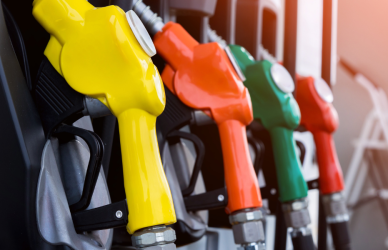Throughout September, the United States experienced a steady decline in diesel prices. Oct. 10 notated a change in this pattern when prices surged 38.8 cents to reach $5.224. The national average is now at $5.339 a gallon, indicating a 11.5-cent increase from the previous week, according to a report released by the Energy Information Administration on Oct. 17.
In response to surging diesel prices, the White House is set to once again access the U.S.’s emergency oil reserve. They are anticipated to release somewhere between 10 to 15 million oil barrels, as reported by Transport Topics. This decision is an attempt to stop prices from trending upward and simultaneously work toward a balanced market.
These 10 to 15 million barrels of oil would be part of the 180 million barrels of the Strategic Petroleum Reserve’s (SPR) crude oil that, this spring, was planned to be released. As of October, nearly 165 of those 180 million barrels have been released and distributed.
Having to rely on oil stockpiles from the nation’s emergency reserve demands a reup of this stock. The Biden administration is anticipated to discuss their detailed plan on replenishing the stockpile sometime during October. This comes at an apt time, as the United States heads into winter and is facing a historically low supply of gasoline, according to data pattern that was first recorded in 1982.
It’s been discussed, but has not been confirmed, that the United States will consider limits on fuel exports to revive the nation’s low stock of gas and diesel. This would only be a temporary fix but has created division between members of the current administration. Amos Hochstein, a top energy adviser for the Biden administration, is in support of export limits while Deputy Energy Secretary David Turk is unsure and holds concerns over such a decision. Other officials haven’t made comment on the proposed decision.
Representatives from the oil industry, however, have been clear in their cautioning. They’ve expressed that enacting a fuel export limit could result in higher fuel prices throughout the United States. The Northeast is estimated to be hit the hardest with increased fuel prices if a limit is enacted.
The White House has prioritized lowering fuel prices with President Biden warning against higher fuel prices and urging oil companies against increasing costs. The auto club AAA reported that on Oct. 17, the national average fuel price was a bit lower at $3.87 a gallon.
“The price of gas is still too high, and we need to keep working to bring it down,” he said.











